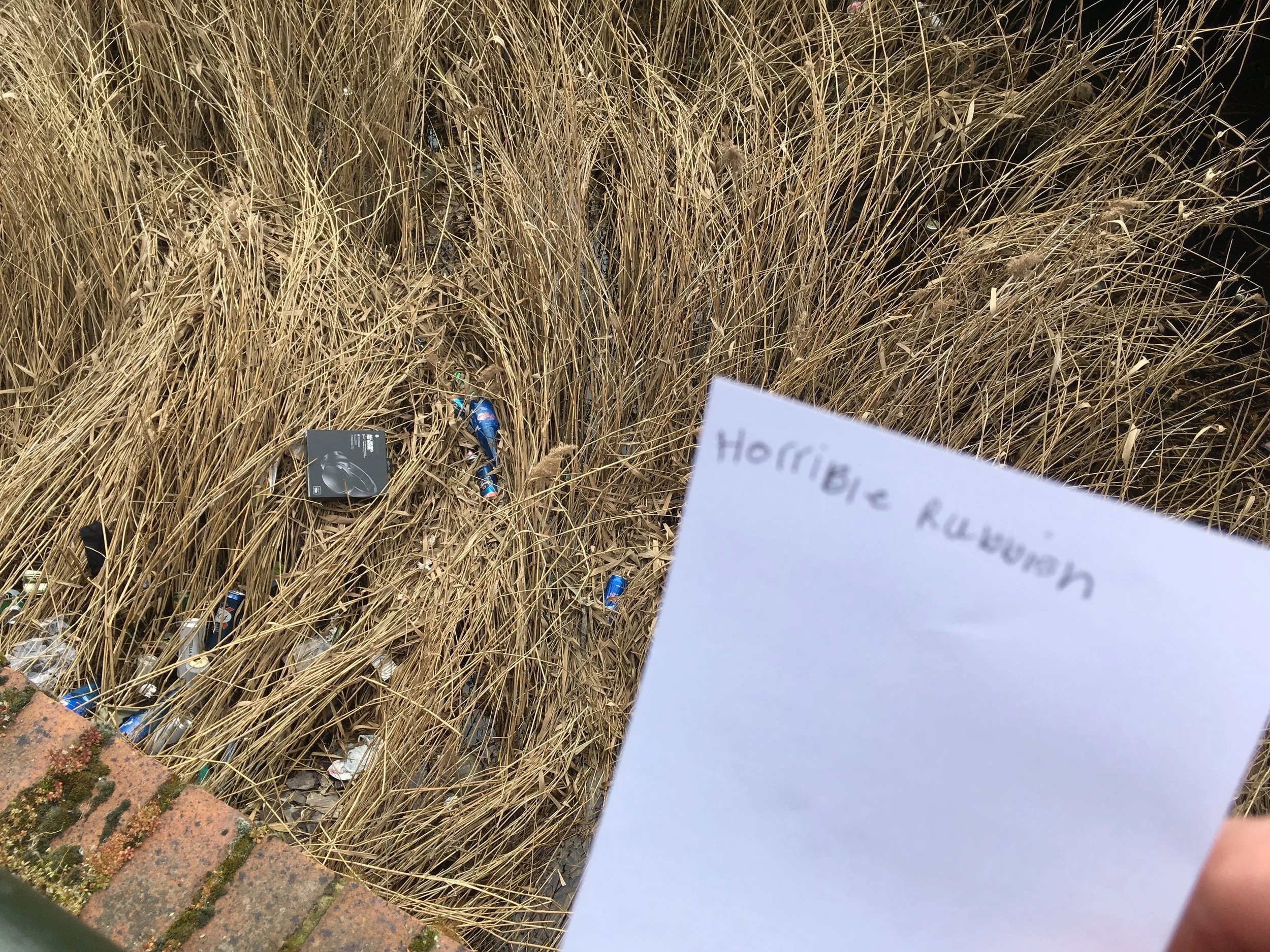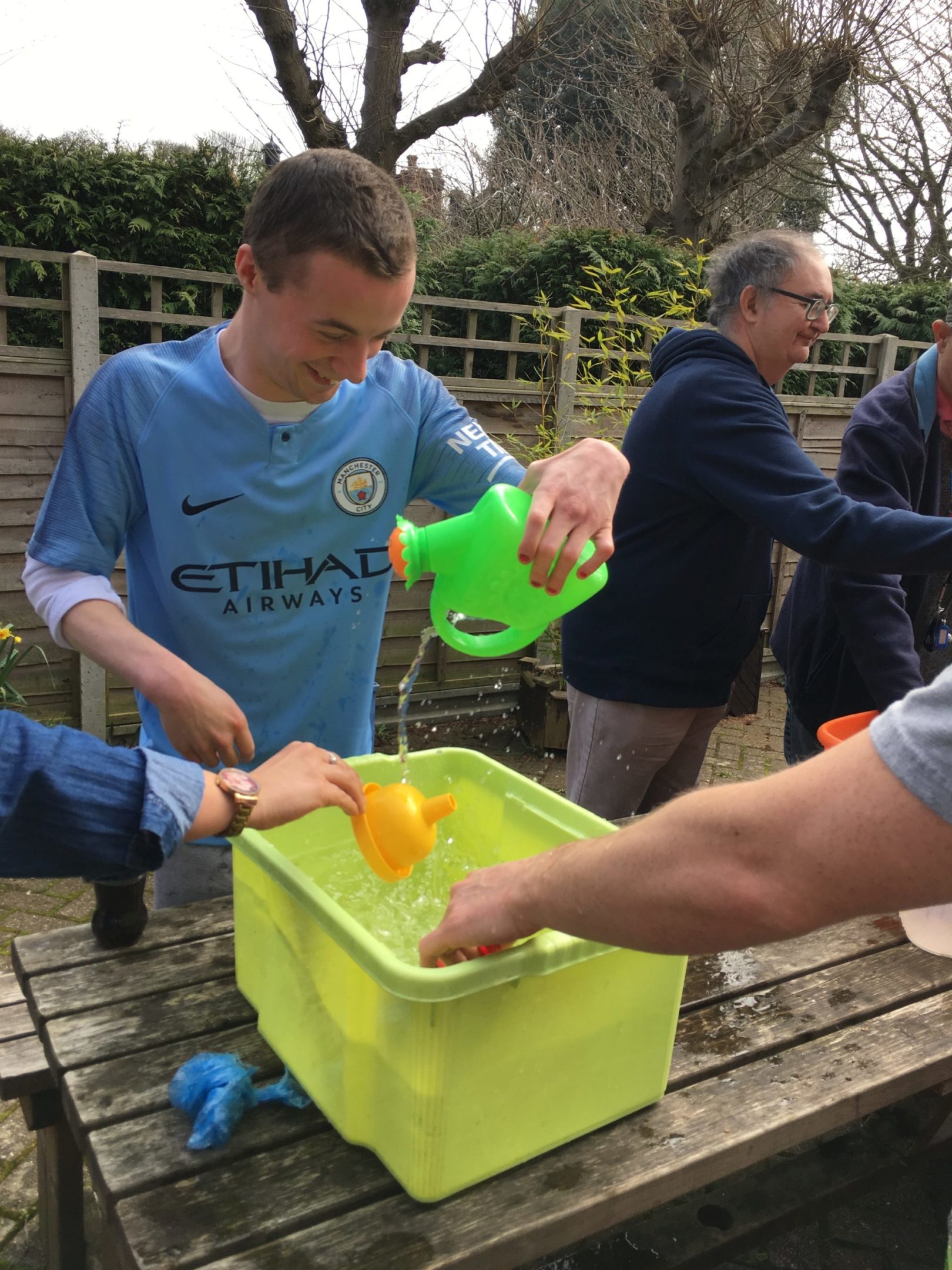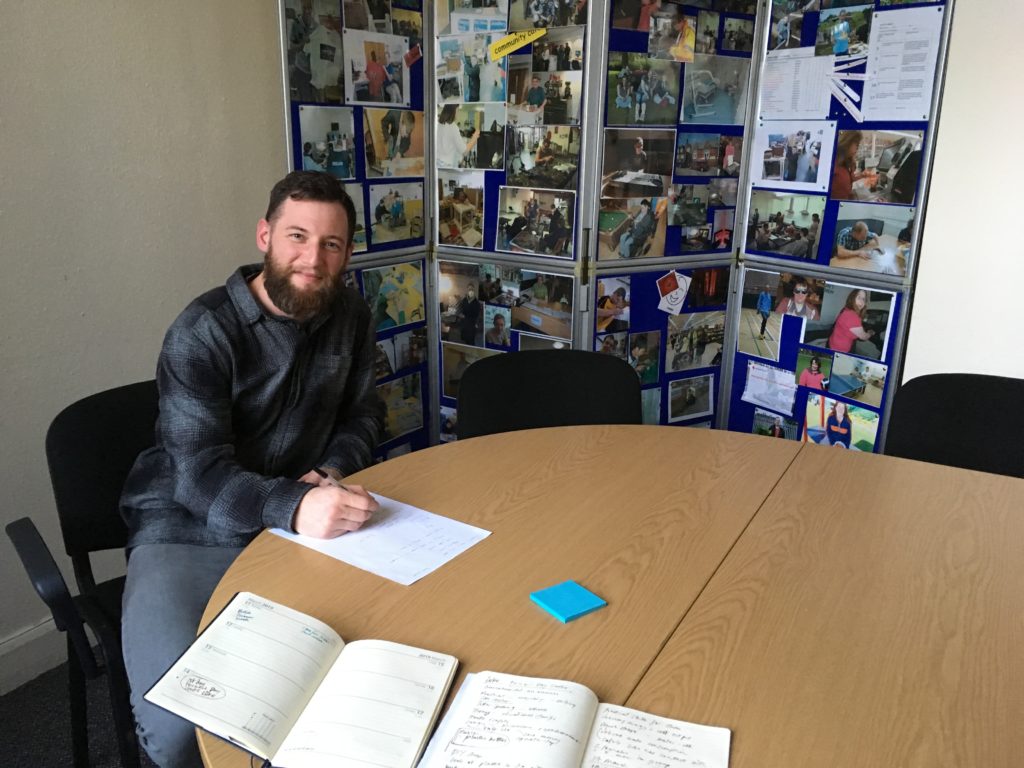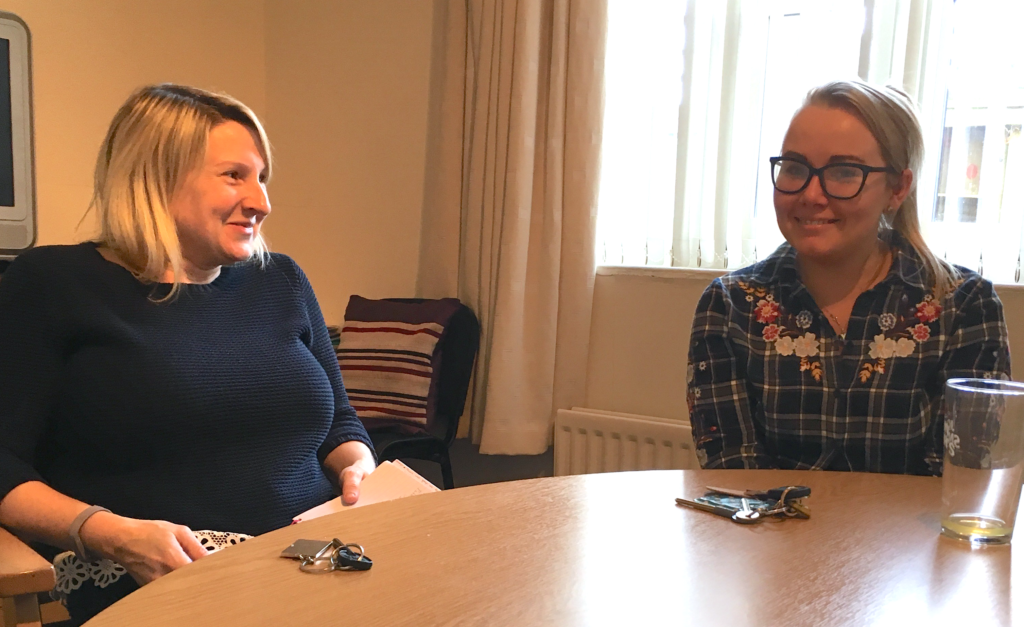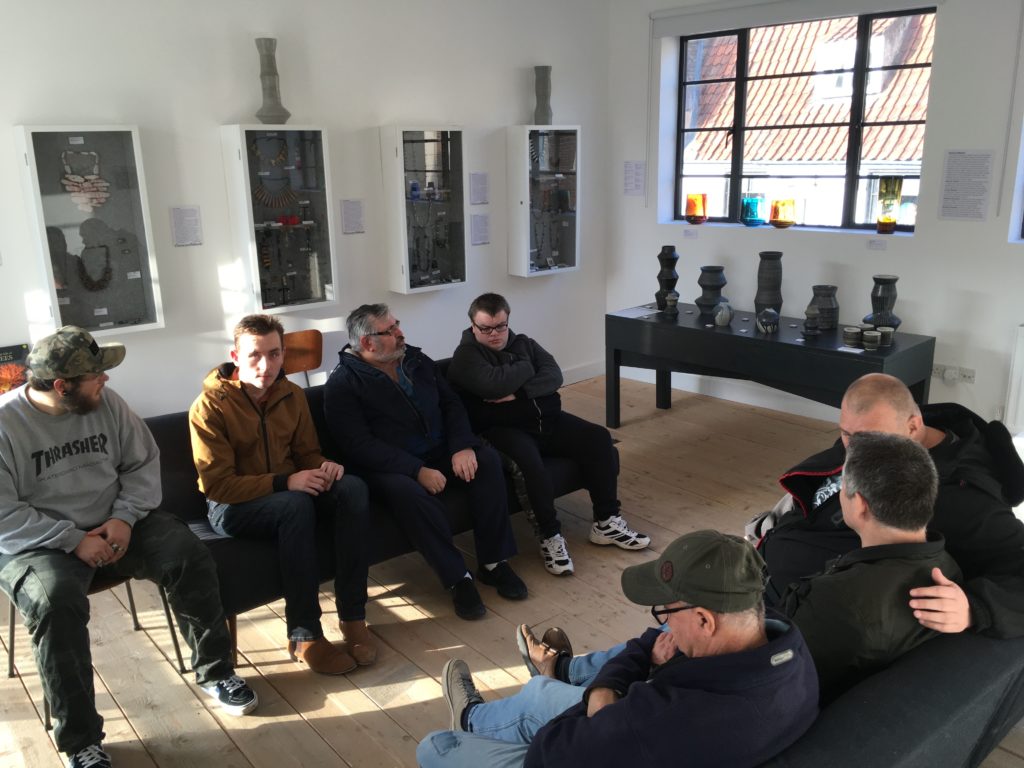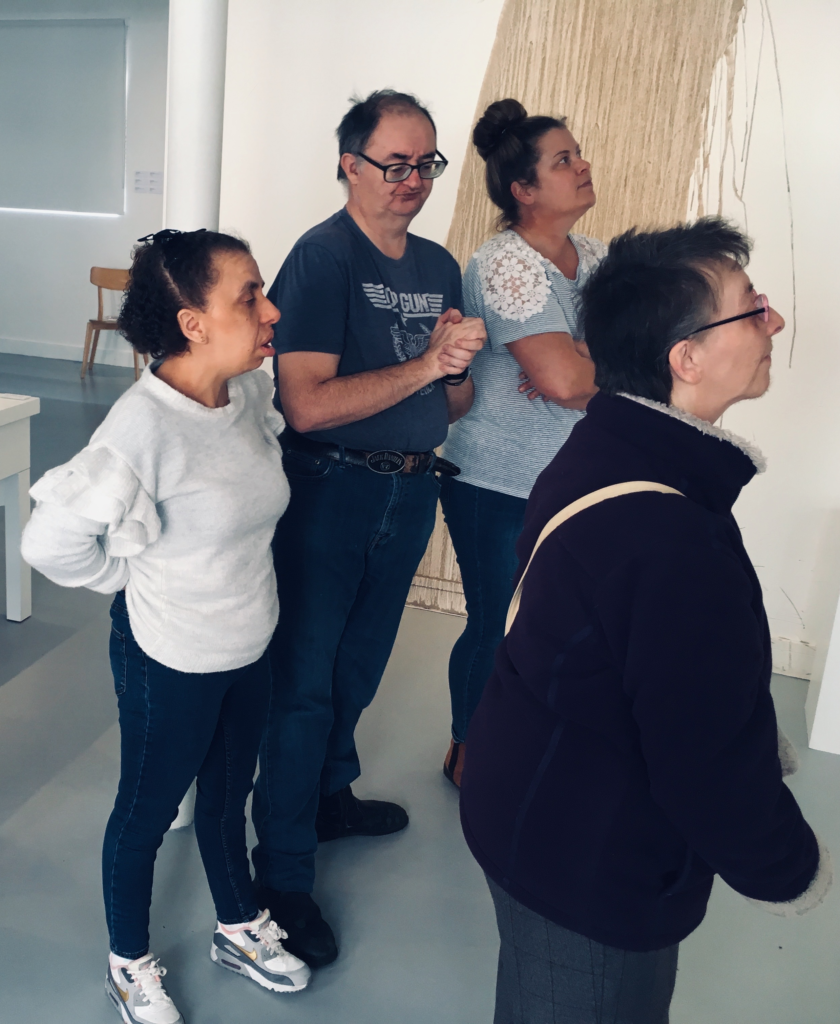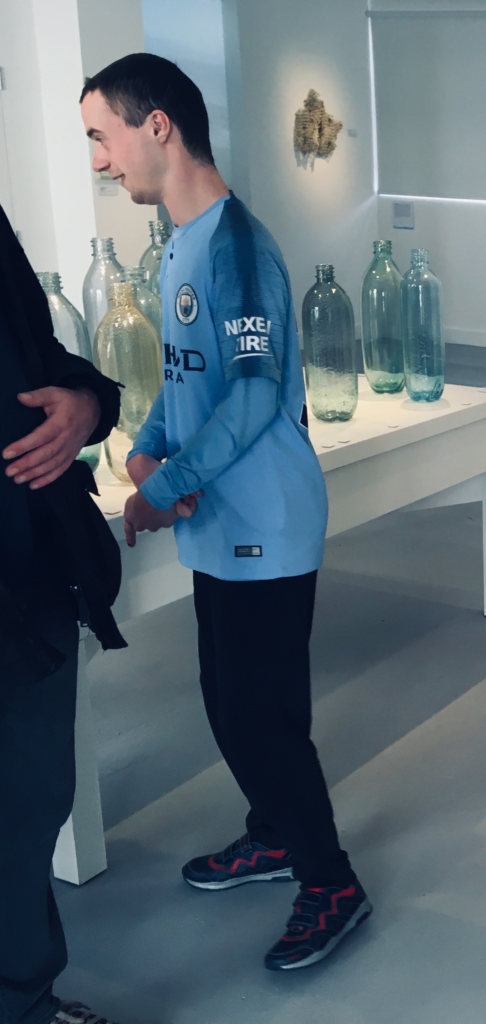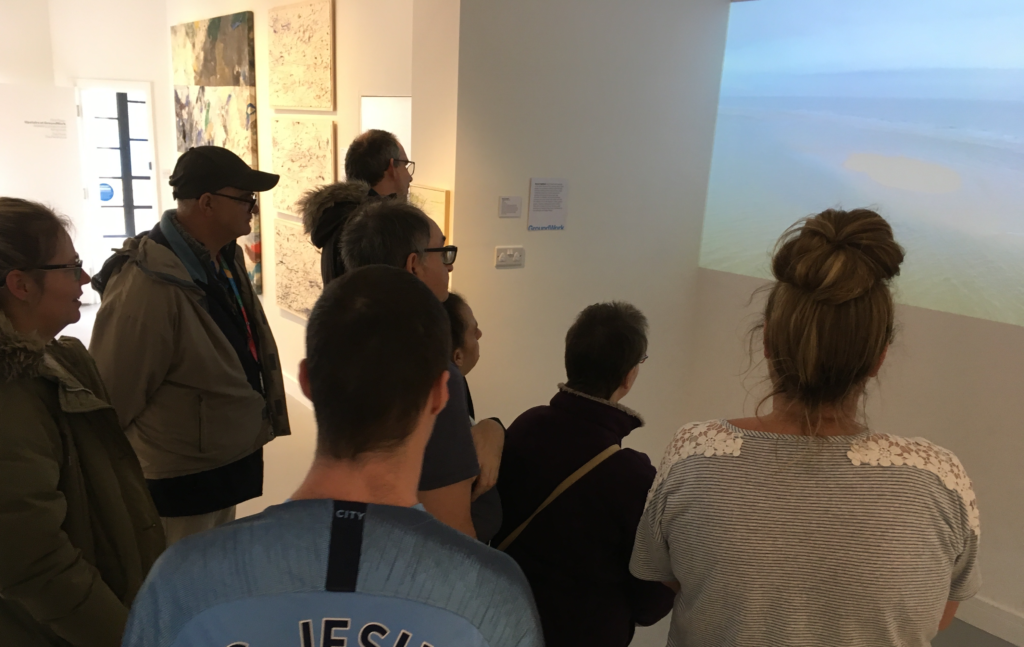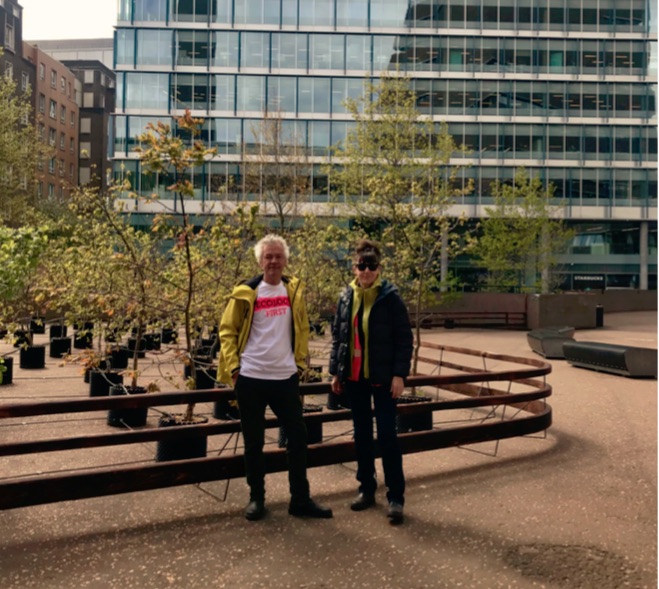Living with water: March – May 2019
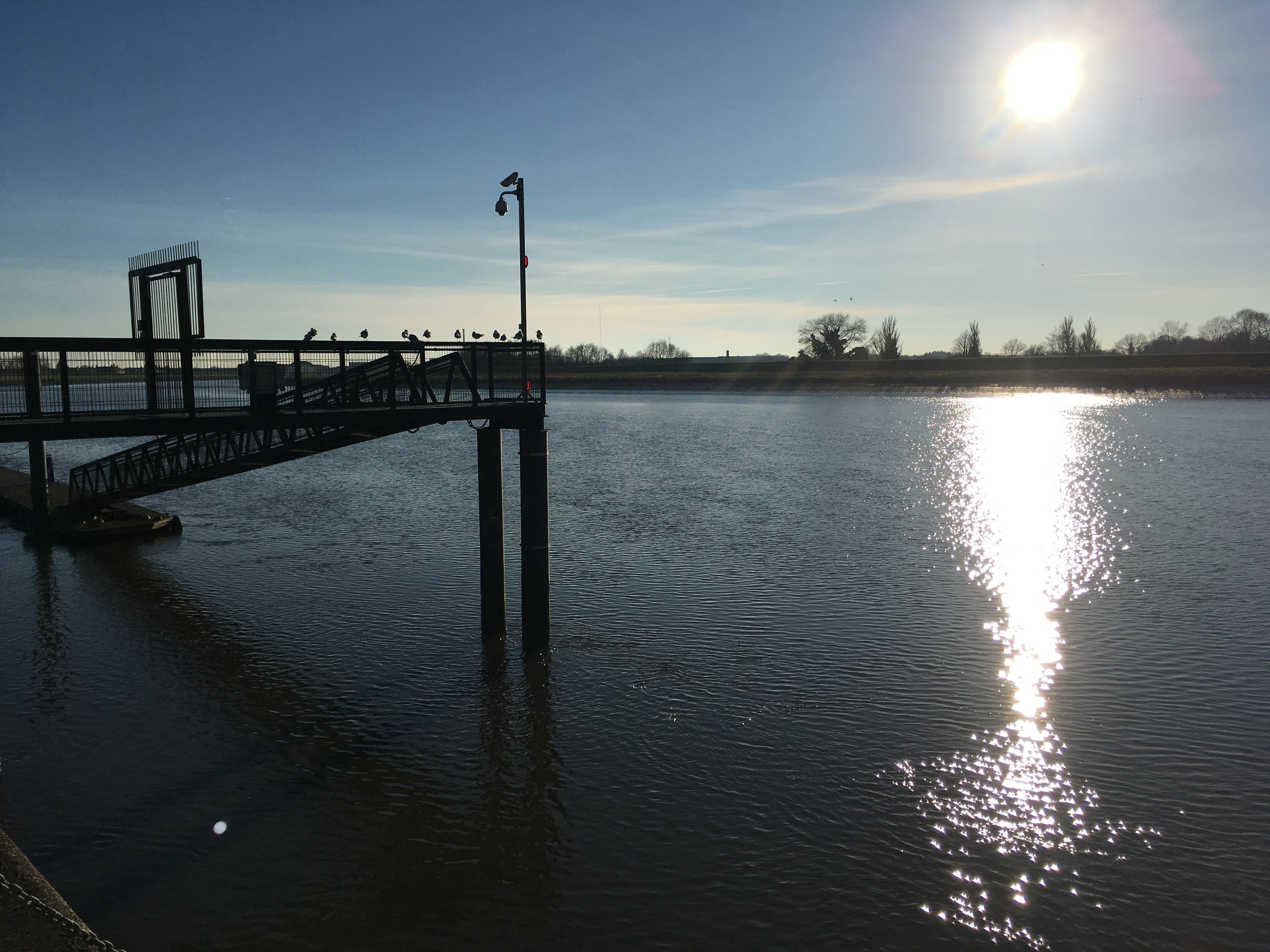
March – May 2019
Living with Water was a project with the Forward Day Centre for Adults with Learning Difficulties taking place in British Science Week, 2019. Also, the community engagement programme for Water Rising was supported by Anglian Water’s Keep It Clear Campaign. We worked together with them over the whole of the Spring season 2019 to look at the use of water in the town of King’s Lynn, working with various community groups and local businesses.
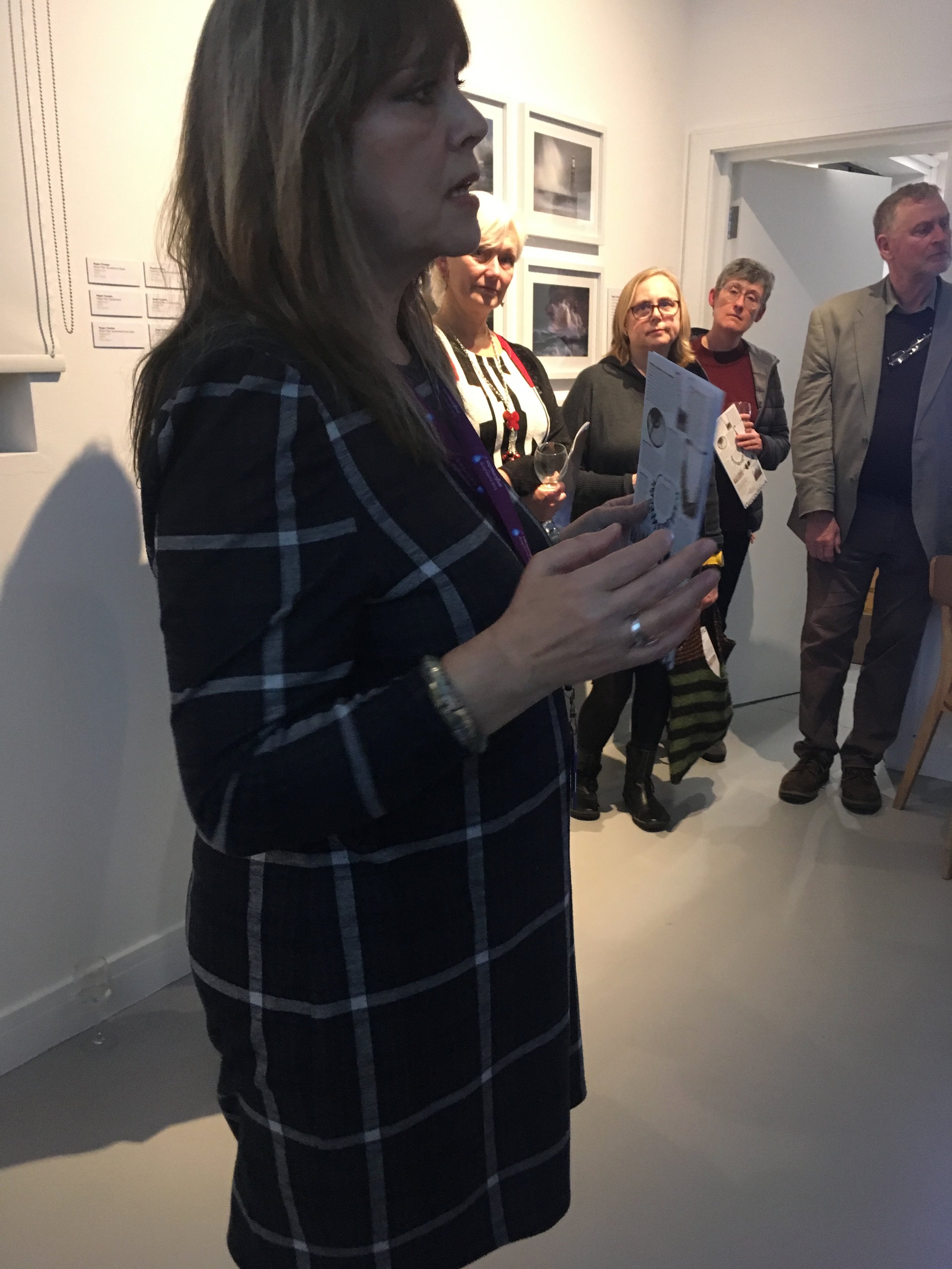
Science week 2019 marked the beginning of a campaign to look at the healthy and clean use of water in the town. It is led jointly by GroundWork Gallery and the Forward Day Centre for adults with learning difficulties. The group, of about 8-10 adults, will begin from the local context of 3 rivers, one of which is the 3rd largest in Britain. We will use skills of science and art to investigate and analyse the properties of water. Eventually, in conjunction with Anglia Water’s Keep It Clear Campaign objectives we aim to communicate the importance of keeping water clean and to make a resource for the public about our overall findings about water health in the town. https://www.anglianwater.co.uk/environment/how-you-can-help/keep-sewer-pipes-clear.aspx
Introductions to art and science in the gallery
On Thursday morning, the group arrived, cheerily saying ‘Hello Veronica’ as they came in the gallery door. “Oh this is nice”, “very interesting”, “cor”, “wow” Lots of appreciative words and sounds. Lots of smiles. They flock to Richard Long’s Great Ouse Mud Drawing, made for the gallery’s opening in 2016, and marvel at the delicate patterns of mud. They love the fact he threw it at the wall. I tell them what he said, that it is made as much by nature as by the artist.
“So, this is British Science Week, and this is a project about art and science”, I tell the group. “How can we talk about science here?” So we come up with a short list of ways that occur to us. “Well, there are the tides, the waxing and waning of the moon,” says one of the group – (we see that in Susan Hiller’s Rough Moonlit Nights).
Looking at Stewart Hearn – materials and technology
Then we have materials and technology. “Look at Stewart Hearn’s bottles – the blowing of the glass involves a lot of science, knowledge of how the molten material behaves under extreme heat and how long the artist has to shape it before it solidifies again.”
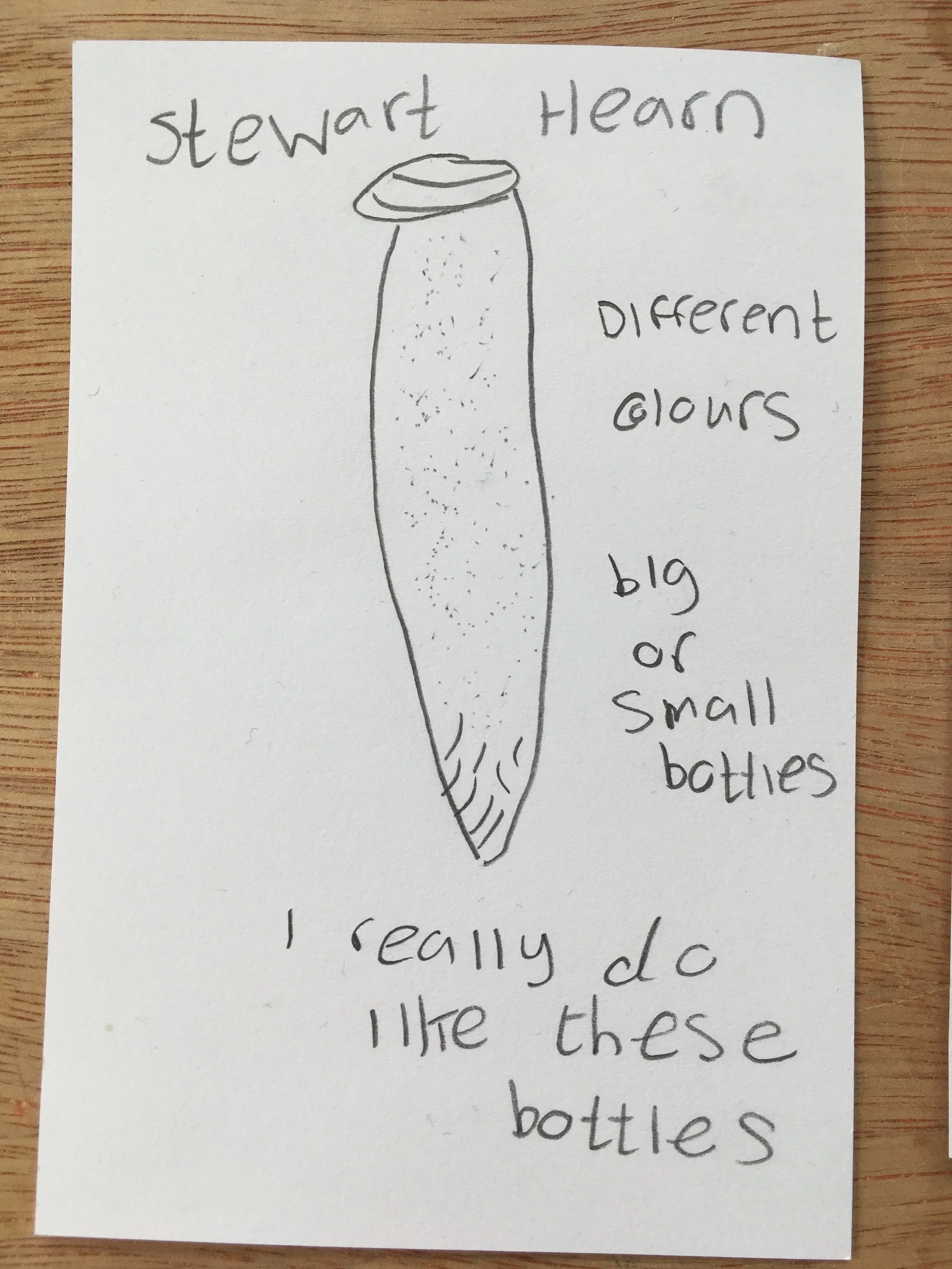
Looking at Simon Faithfull – safety and danger
We look at the rest of the works in Water Rising, one by one. Together we all watch Simon Faithful trudging round his sand island in the middle of the sea – keeping going as the water rises, apparently unconcerned by the risks. I ask them, “why is he walking there? Why did he choose that spot? What is he doing?” “it is safe” someone says. “He is walking there to keep safe” That is a new and surprising take on this work. But it is true, the artist has found the only safe spot, the only patch of sea where there is dry land. We watch to the end to see that he has gone and all we see is water. Apparently he hasn’t drowned – we agree that it is not about death. “The sea is beautiful, we see the sea”, they say
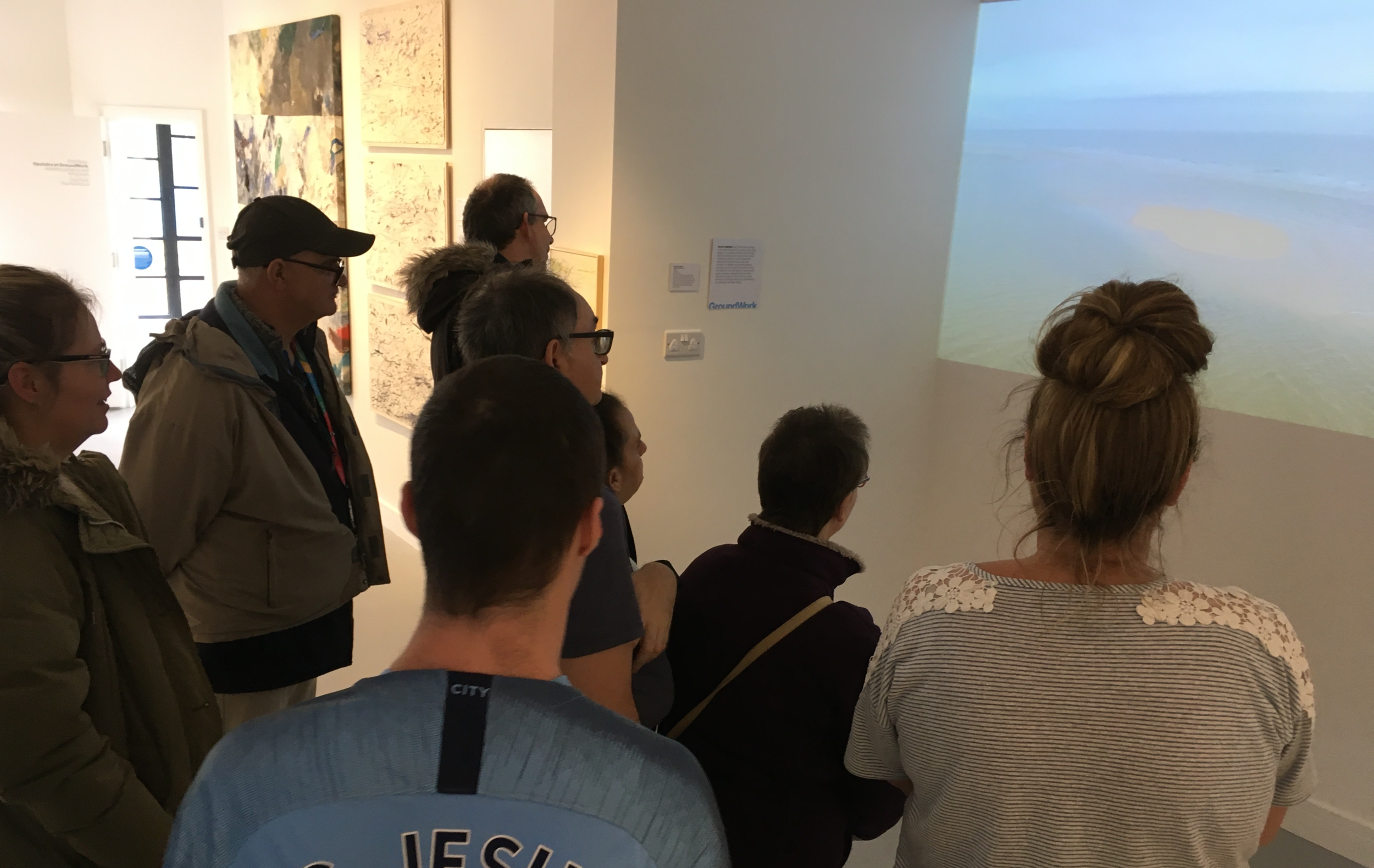
Looking at Lynn Dennison – mood and experience
Karen was fasinated by Lynn Dennison’s film, Dress, Sea and watched over and over again as the artist walks into the sea. It is quite a solemn work but clearly she saw this as a happy experience.
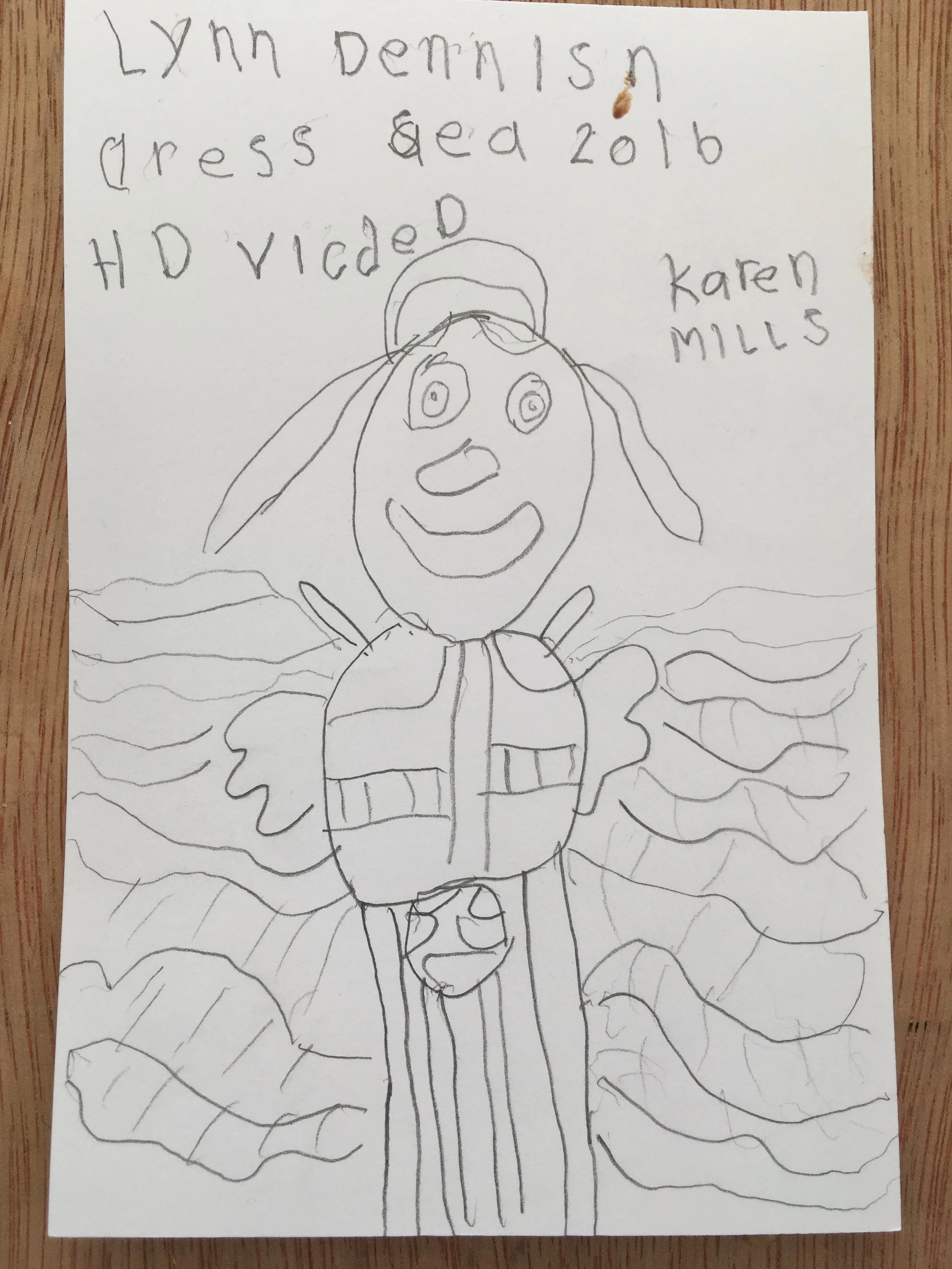
Looking at Sophie Marritt – oil and water
Sophie Marritt’s paintings involve a combination of art and science, not least because she started her career as a scientist — I tell them she uses oil and water, and has to judge carefully how to balance their different qualities. We will meet her soon so can find out how she combines them. As we work together more, we will deepen our understanding of science – planning next week to play with water in different containers to think about its properties and flow.
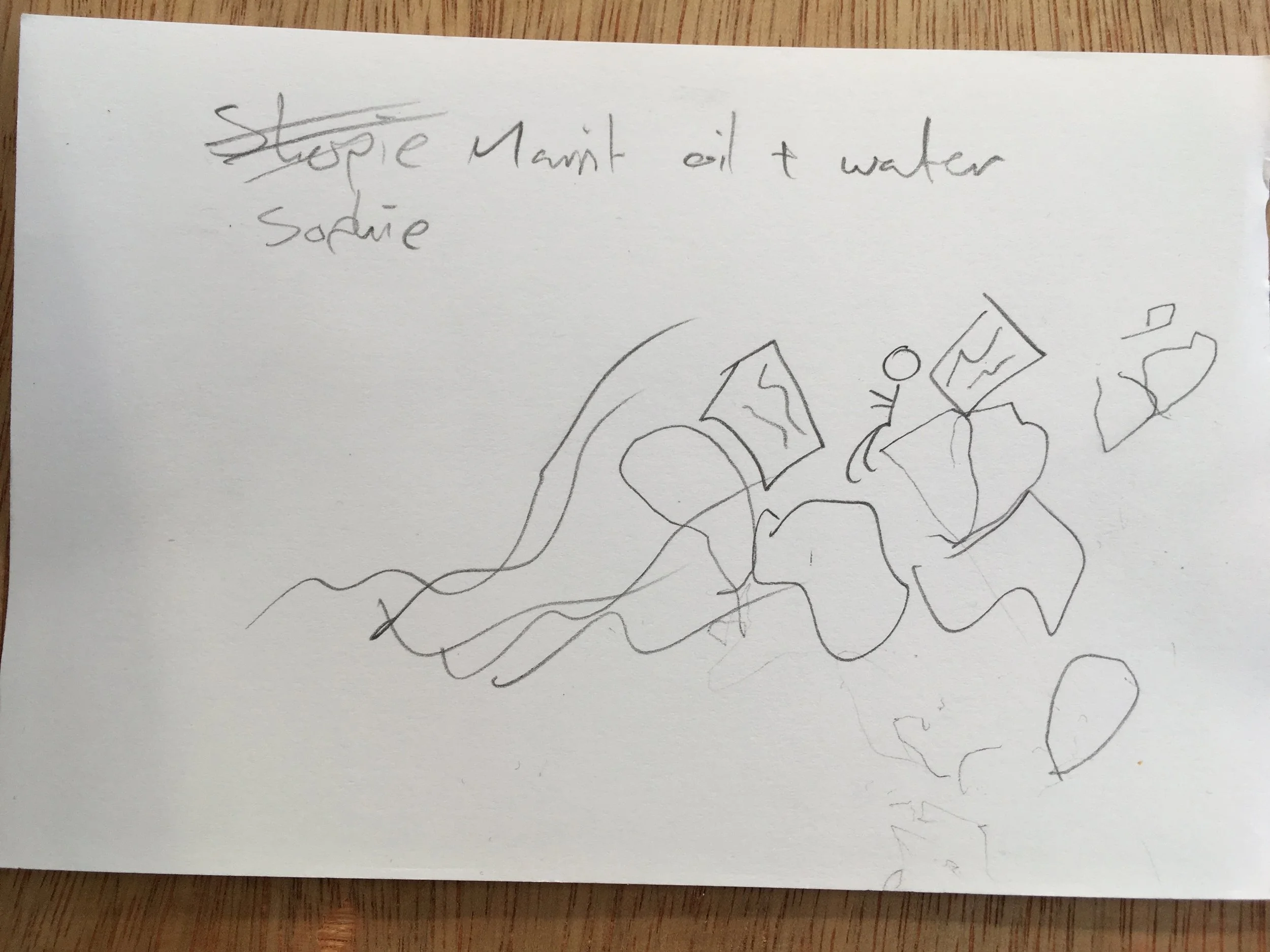
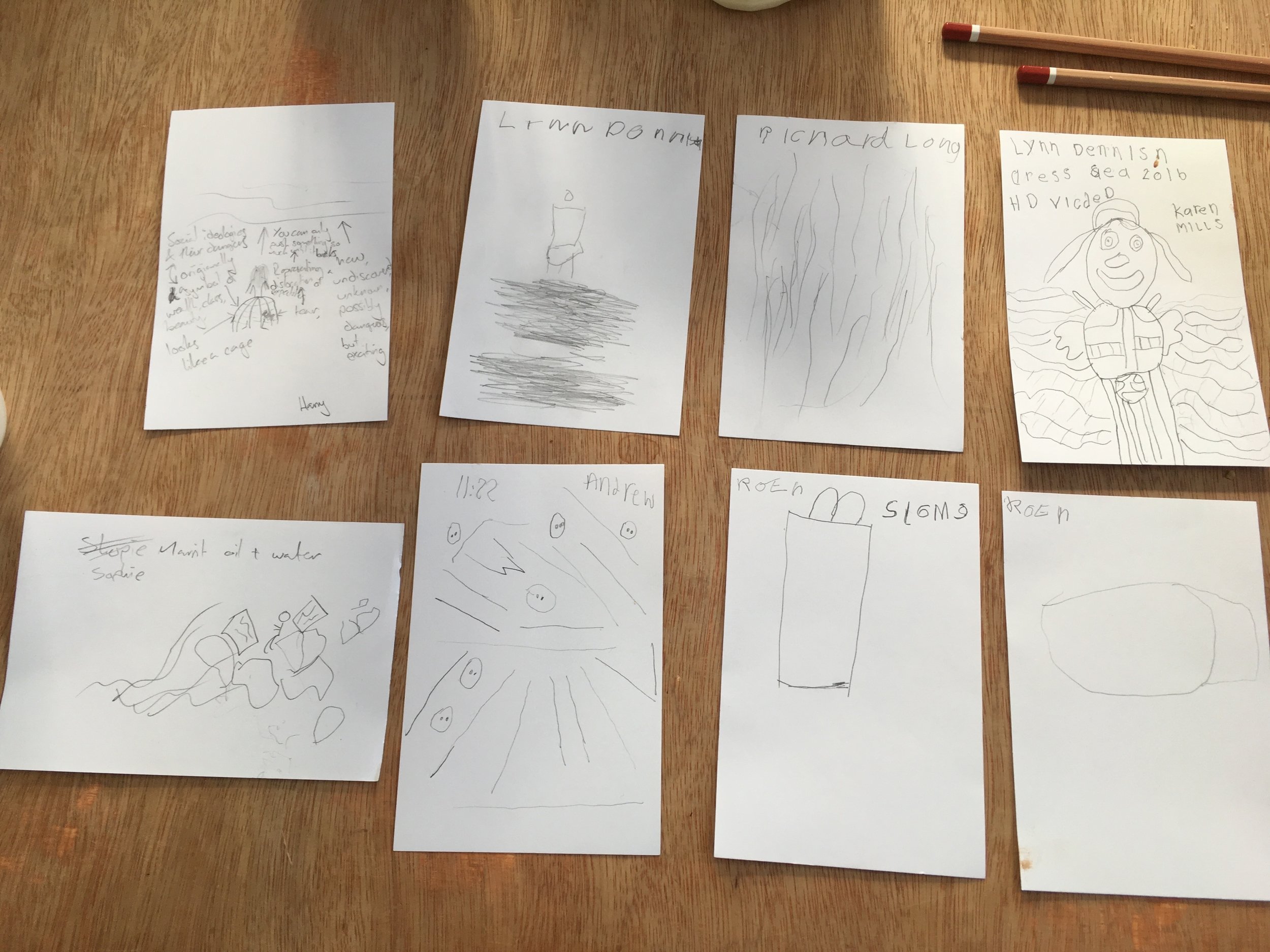
At the Forward Day Centre
Investigating watery science?
At the Forward Day Centre we planned to play with water. Bowls are prepared and members of the group are detailed to bring supplies of water to fill them. To begin with we all play around with water, then we decide to conduct some experiments – we call them scientific – none of us are scientists but we try to imagine, that if we come up with a proposal, a method, an organised way of testing it and then a result – that is enough science for us.

In fact it turns out well. We come up with six experimental activities to test how the water behaves with our different containers. Each one becomes a challenge.
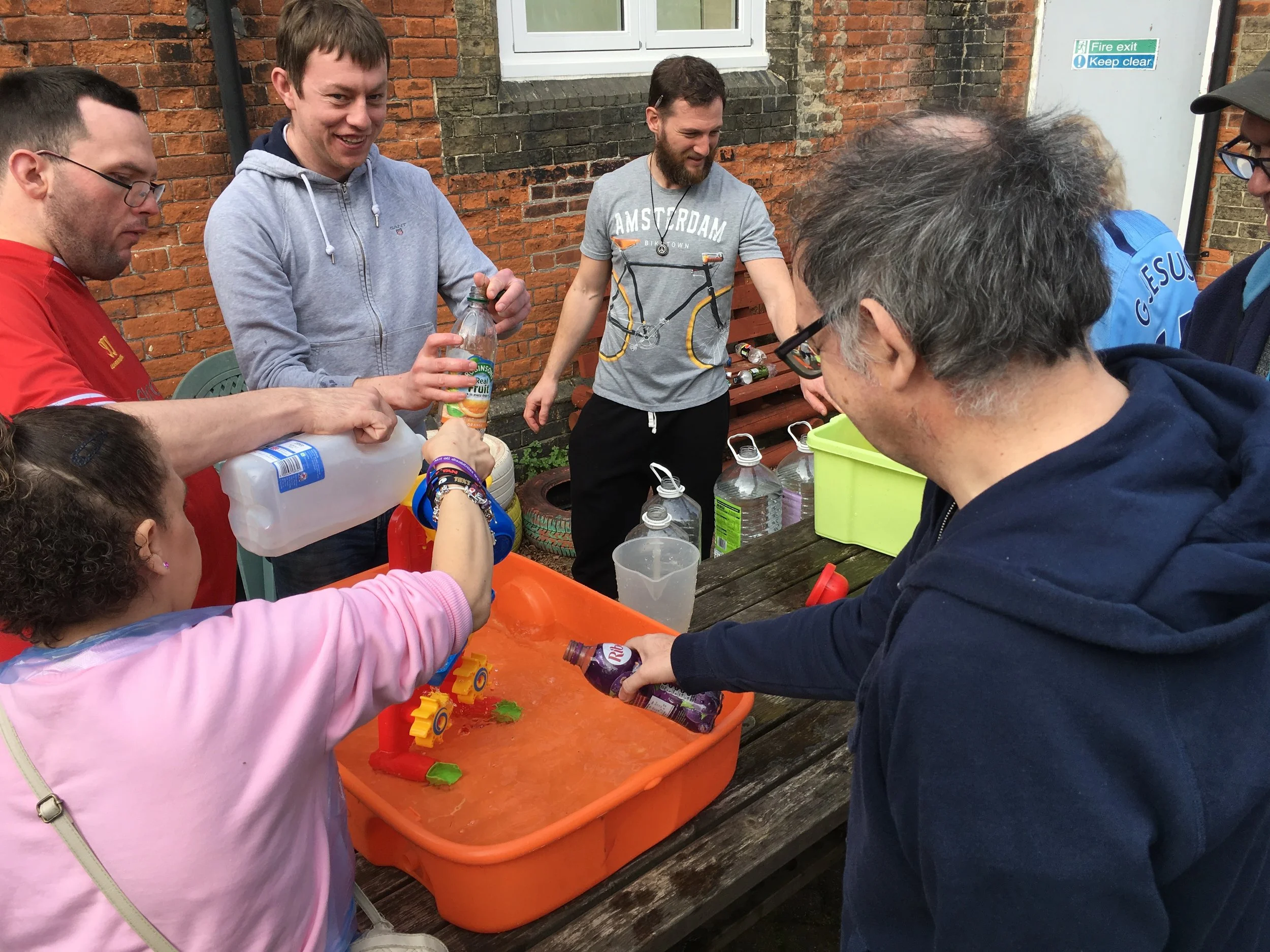
Art and science of water : our 6 water experiments
- How do you make a plastic bottle sink? This becomes the sideways bottle-filling test – making the bottles sink by holding them under the water till they fill up.
2. The upside down bottle filling challenge – we found that if an open bottle is placed with its open neck downwards, it does not fill
3. The bottle pop-up game – holding the bottle upside-down in the water, then suddenly letting go, so it pops-up (this caused a lot of laughter)
4. The pouring out race – two people, two bottles full of water, & who had the most efficient method for pouring the water out?
5. Spinning the bottle as water is poured – this was ‘Beth’s race’ variation
6. The water flicker race – flicking the water without touching the bottles to make them float from one end of the bowl to the other. The first attempt took 35 seconds. After some practice, the winner took 8 seconds.
Our water trail in the town.
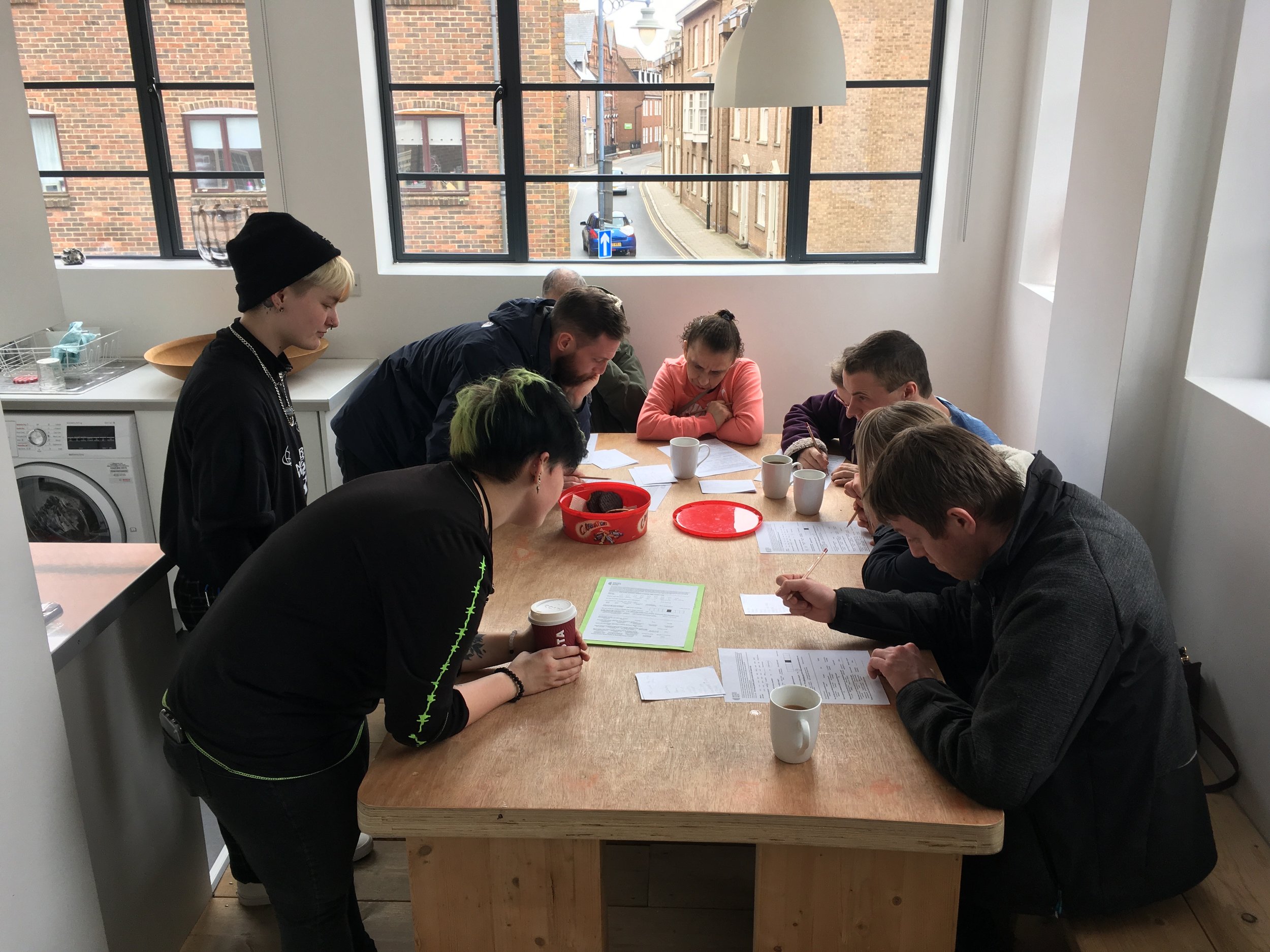
We began with another look at the exhibition for inspiration, gathering ideas and responses, before setting off on a walk around the town.

We meet the Environment Agency
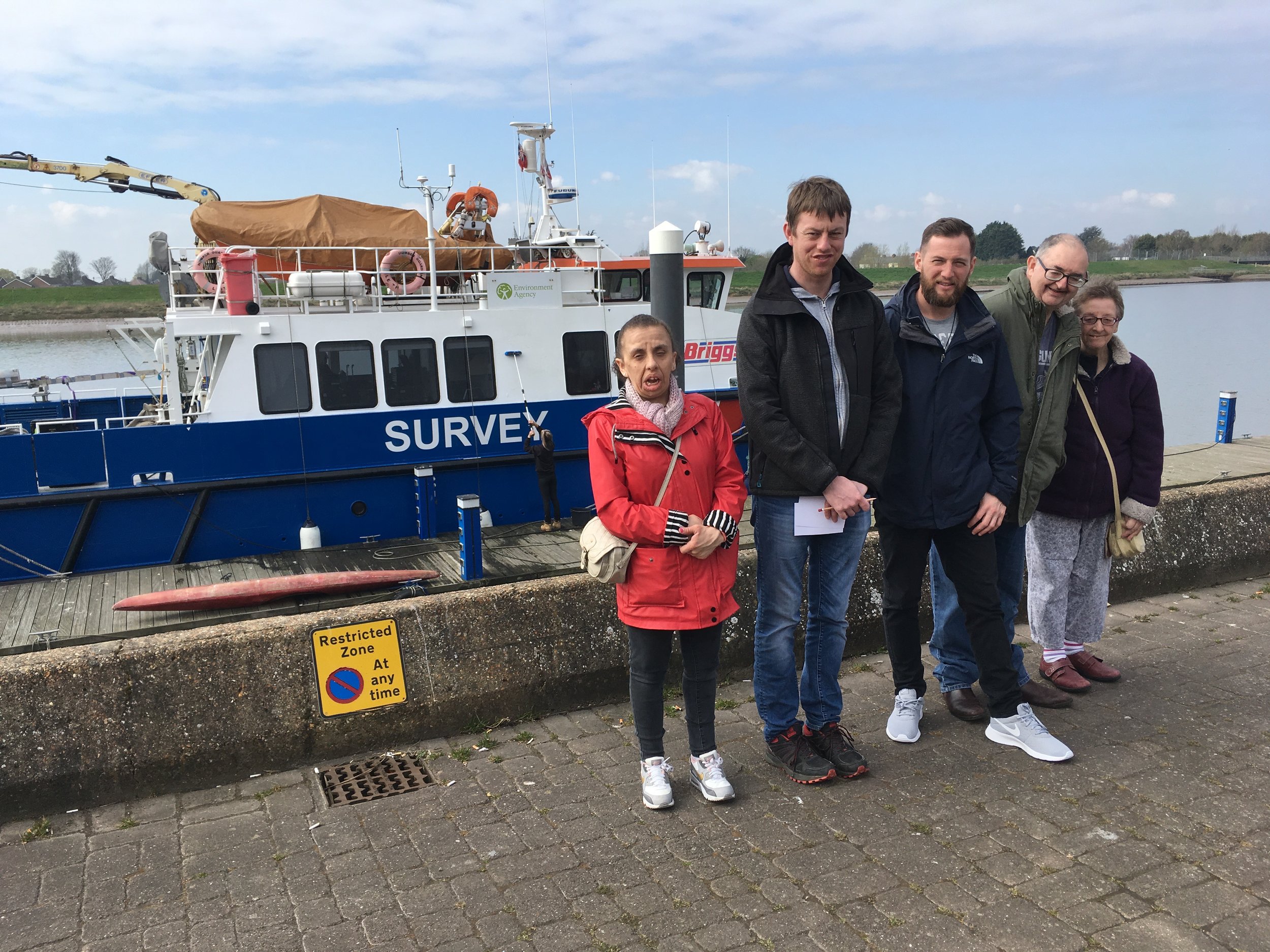
We stopped to talk to the Environment Agency who were moored by the Great Ouse to survey the river-bed. They told us they were examining muddy sludge and that there were plenty of fish in the river. However, some things we saw were not great. Piles of empty cans in the Purfleet River, flung on top of reed beds. Clearly there is still lots to do to clean up the watery environment.

